Optimal Seasons for Land Clearing
Land clearing is a critical process in preparing land for construction, agriculture, or development projects. Timing plays a vital role in ensuring efficiency, cost-effectiveness, and safety. Understanding seasonal patterns and environmental conditions can influence the success of land clearing operations.
Spring offers moderate weather conditions, making it suitable for land clearing before the peak growing season begins.
Summer provides longer daylight hours, but high temperatures and potential drought conditions can complicate clearing activities.
Fall is ideal for land clearing as temperatures cool, and soil conditions are often favorable for excavation and removal.
Winter is less suitable in colder climates due to frozen ground, but in milder regions, it can be an effective time with less vegetation growth.
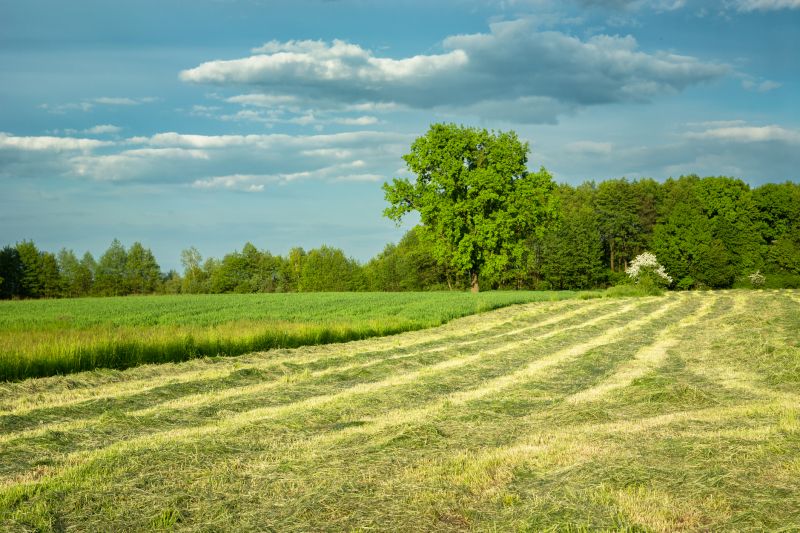
Spring preparation

Summer conditions
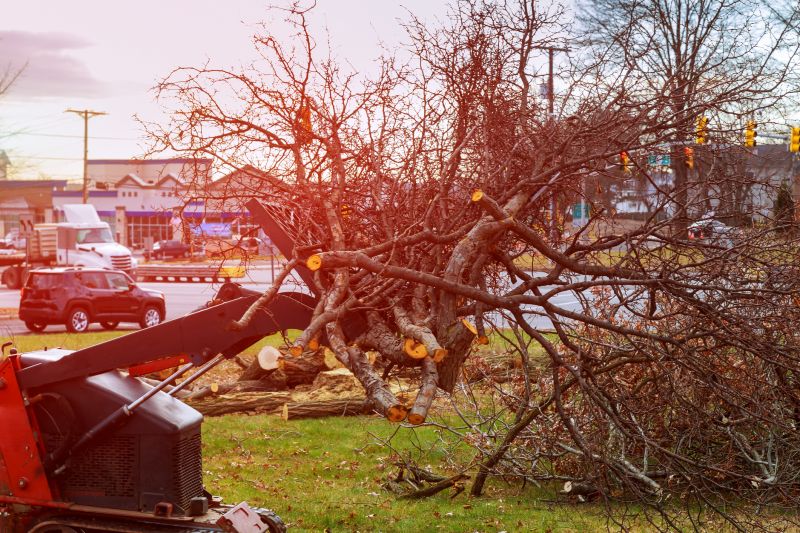
Fall advantages
| Season | Ideal Conditions |
|---|---|
| Spring | Moderate temperatures, soil thawed, before planting season |
| Summer | Long days, warm weather, but watch for droughts |
| Fall | Cooler temperatures, soil moisture optimal, before winter |
| Winter | Frozen ground in cold climates, suitable in milder regions |
Land clearing involves removing trees, brush, and debris to prepare a site for development or agricultural use. Proper timing ensures minimal environmental disruption and maximizes operational efficiency. Equipment and labor costs can vary significantly depending on the season, weather conditions, and soil moisture levels. Planning ahead and selecting the appropriate time for land clearing can reduce delays and expenses.
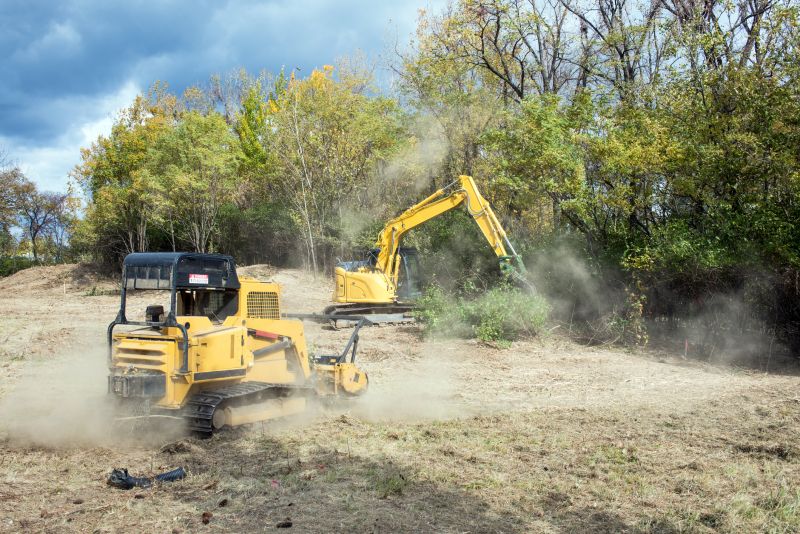
Heavy machinery in action

Prepared for development
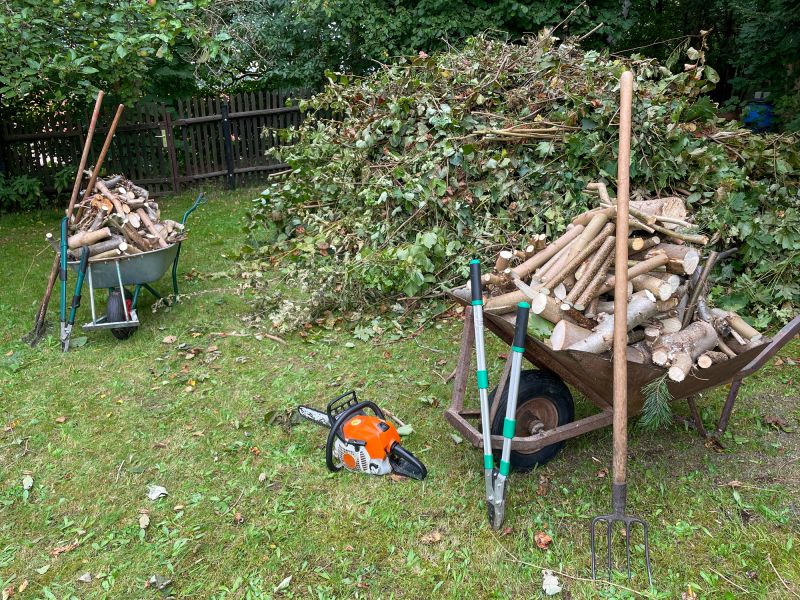
Debris and brush removal
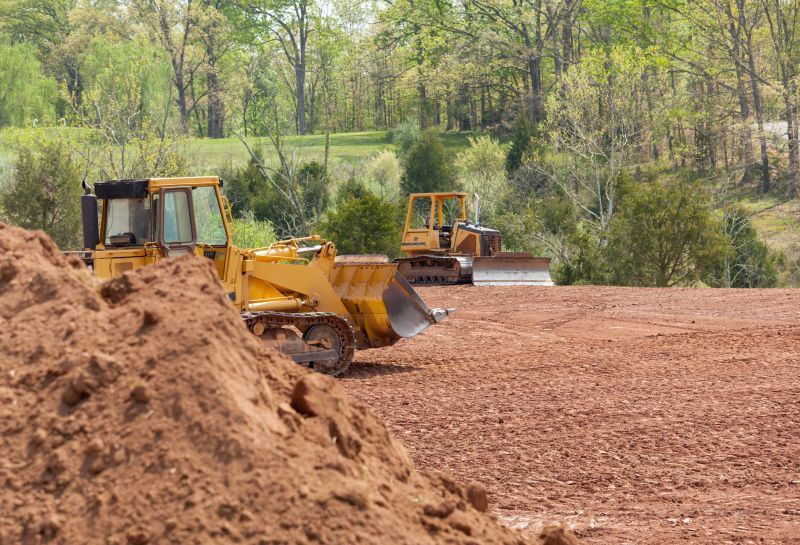
Ready for construction
Interested in land clearing services? Filling out the contact form provides an opportunity to discuss project specifics, timing, and requirements. Proper scheduling and planning are essential for successful land clearing projects, ensuring they meet development goals efficiently.



